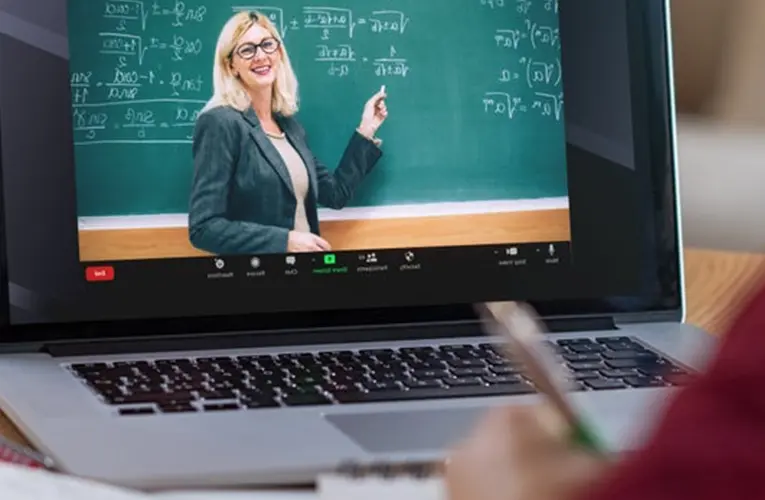“Adapting to Digital Classrooms: Innovations in Teaching Methods at North American Universities”
1. **Introduction to Digital Classrooms:**
– Definition of digital classrooms and their evolution in North American universities.
– Overview of the shift towards digital learning environments.
2. **Technological Integration in Education:**
– Role of technology in transforming teaching and learning experiences.
– Overview of digital tools and platforms used in modern classrooms.
3. **Virtual Learning Environments (VLEs):**
– Introduction to virtual learning environments and learning management systems (LMS).
– Features and functionalities of popular VLE platforms.
4. **Hybrid Learning Models:**
– Definition of hybrid learning and its implementation in higher education.
– Benefits of combining in-person and online teaching methods.
5. **Flipped Classroom Approach:**
– Explanation of the flipped classroom model and its impact on student engagement.
– Examples of successful implementations in North American universities.
6. **Active Learning Strategies:**
– Innovations in active learning techniques facilitated by digital tools.
– Case studies and examples of active learning environments.
7. **Assessment and Feedback Systems:**
– Evolution of assessment methods in digital classrooms (online quizzes, automated grading, etc.).
– Importance of timely and constructive feedback in digital learning environments.
8. **Collaborative Learning Platforms:**
– Tools and platforms for facilitating collaborative learning among students.
– Virtual teamwork, group projects, and peer-to-peer interactions.
9. **Adaptive Learning Technologies:**
– Role of adaptive learning technologies in personalized education.
– AI-driven platforms for individualized instruction and learning pathways.
10. **Accessibility and Inclusivity in Digital Education:**
– Technologies and strategies for ensuring accessibility for all students.
– Accommodations for diverse learning needs and disabilities.
11. **Faculty Training and Professional Development:**
– Initiatives and programs for training educators in digital teaching methods.
– Best practices for integrating technology into pedagogical approaches.
12. **Student Engagement and Motivation:**
– Techniques for enhancing student engagement in virtual classrooms.
– Gamification, multimedia content, and interactive learning experiences.
13. **Challenges and Solutions in Digital Education:**
– Common challenges faced by educators and students in digital classrooms.
– Strategies for overcoming technological barriers and fostering academic success.
14. **Future Trends in Digital Education:**
– Predictions for the future of digital classrooms and innovative teaching methods.
– Emerging technologies and their potential impact on higher education.
15. **Conclusion:**
– Summary of innovations in teaching methods at North American universities through digital classrooms.
– Final thoughts on the transformative role of technology in shaping the future of education.










